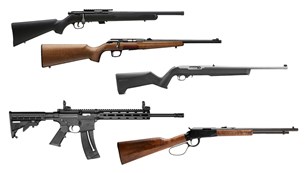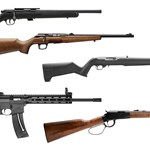
Recent winners of a Department of Defense Combating Terrorism Technical Support Office contract for the Extreme Sniper Strike Operations (ESSO) project phase one, Applied Ballistics has just released a series of videos to shed some light on the magic behind designing a better balanced bullet. Over the course of three videos, the team walks us through their lab, follows along with the progress of a 194-grain .308 Win. going through the lab’s stations, and demonstrates the utility of their Doppler radar system.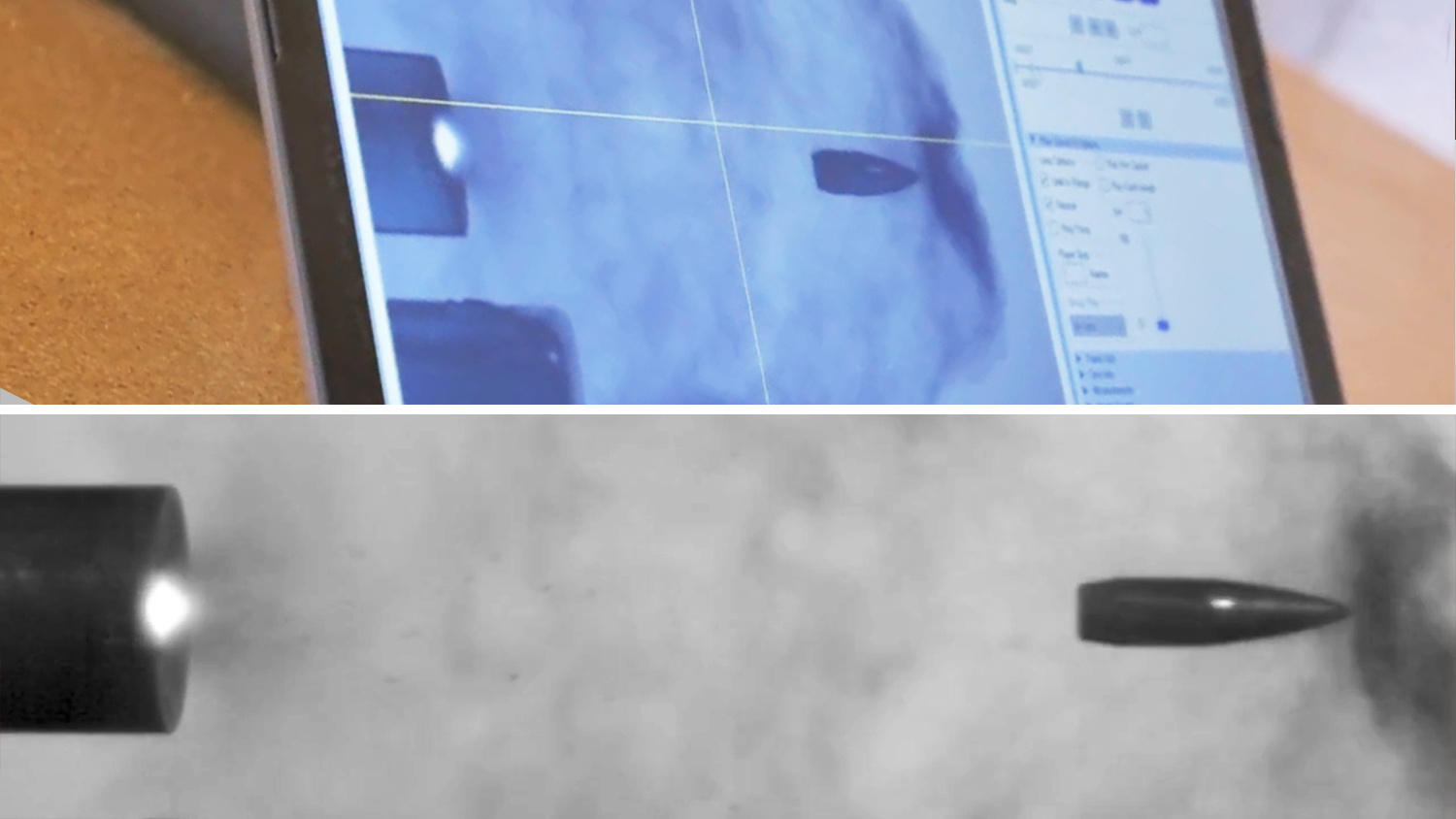
Watching the aforementioned bullet be put through its paces is really quite fascinating, and provides an excellent look at the behind-the-scenes research and development process of designing a well-flying bullet. After turning the projectile on a lathe, the team tries it out at their rail-gun test range, which is complete with a radar detailed enough to actually see bore evacuation and bullet rotation, determine muzzle velocity, and calculate the ballistic coefficient (BC). Upon discovering that the BC was high but inconsistent, indicative of a stability problem, it was either go back to the drawing board to make a shorter bullet, or try a higher twist barrel. The team, of course, elected to start with the latter solution.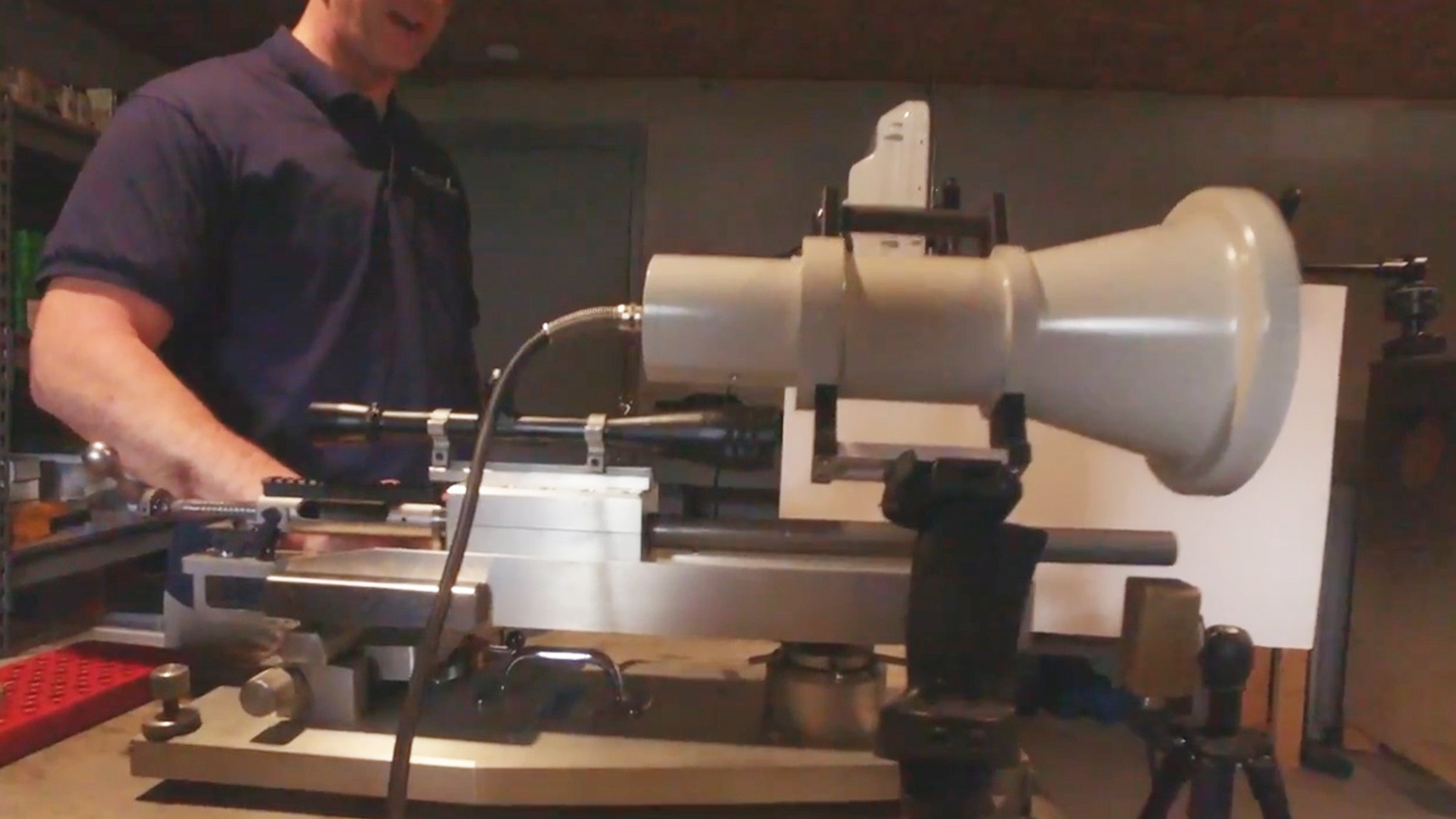
This radar system, which was itself responsible for so many steps in the process, was interesting enough to merit a video all its own. The system uses two antennas: one high-frequency short range antenna, which can track the bullet to about 100 yards (primarily used for determining muzzle velocity), and a larger antenna which can track a .30 caliber bullet to 1500 meters, and larger bullets to longer distances. Where to switch from using one antenna to the other, as well as at what points to check velocity, can all be controlled manually from the range laptop.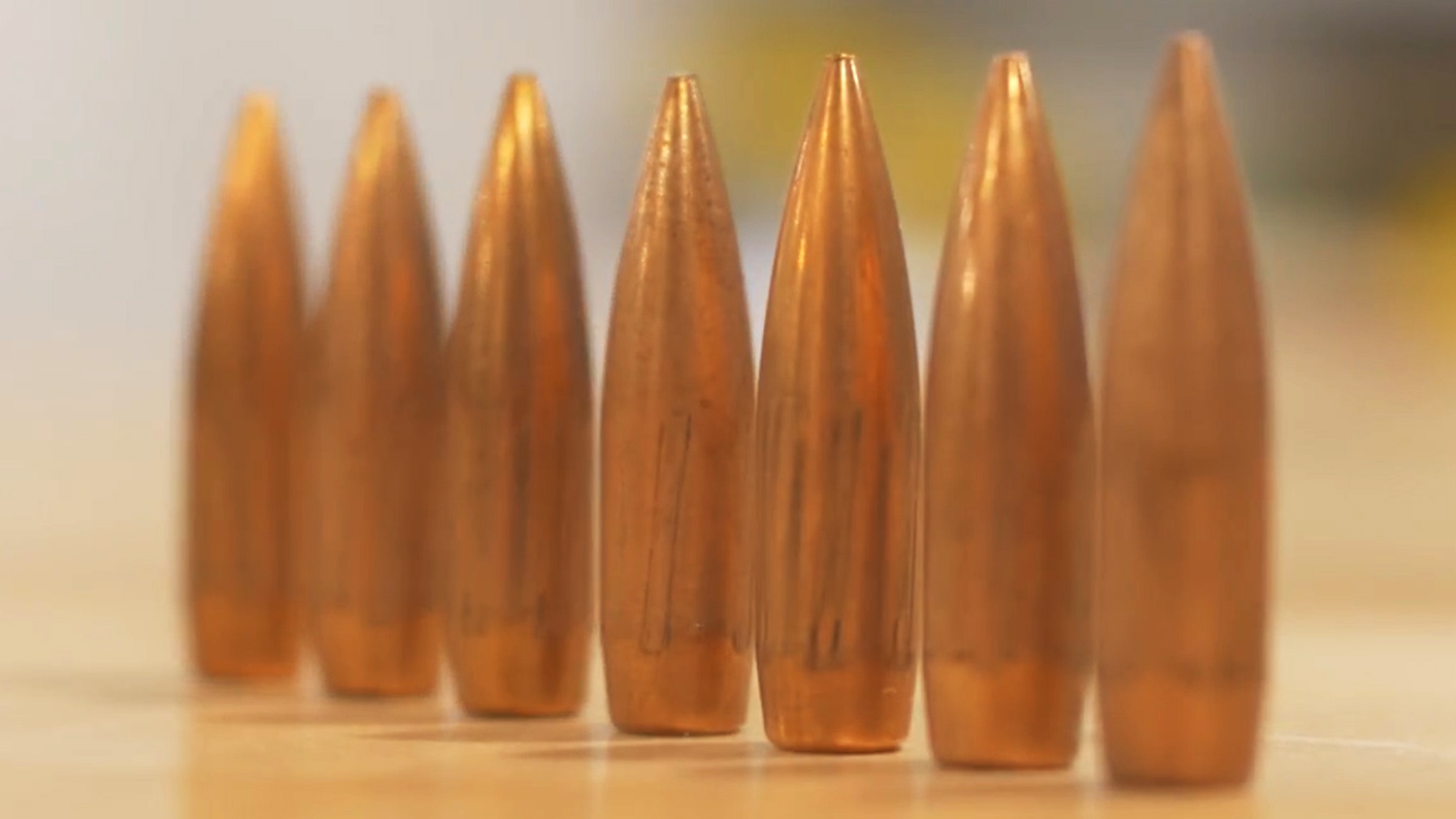
Such an extensive system is extremely important to have, as according to Applied Ballistics’ Doc Beech, the company tests “countless design changes in different calibers and weights to look for the smallest variance which will provide improvements in future designs. When bullets are tested at ELR distances, every little flaw is revealed.” Beech continues, “It isn’t just about pushing the boundaries further and further, it is about exposing the limitations we have in today’s technology and advancing the state of technology through improvement. What we do in ELR shooting, has a huge trickle-down effect, not to mention how it will help the ESSO project and the advancements for the military as we work to extend the capabilities of current systems.”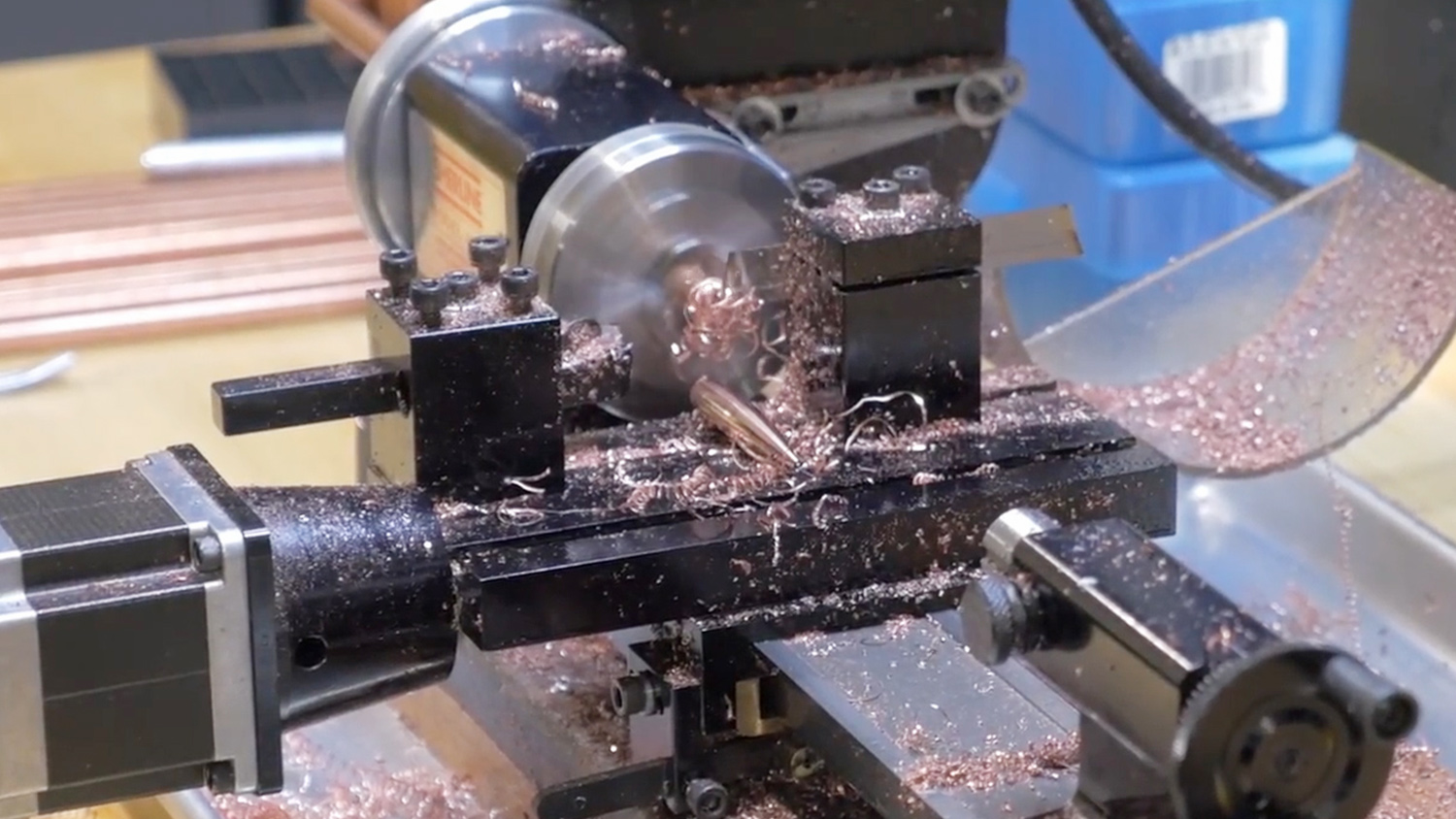
Detailed enough to capture the interest of a ballistics junkie, while still well explained enough to hold the attention of an amateur, these videos are a must see for anyone interested in the science of ballistics, or ELR shooting.



